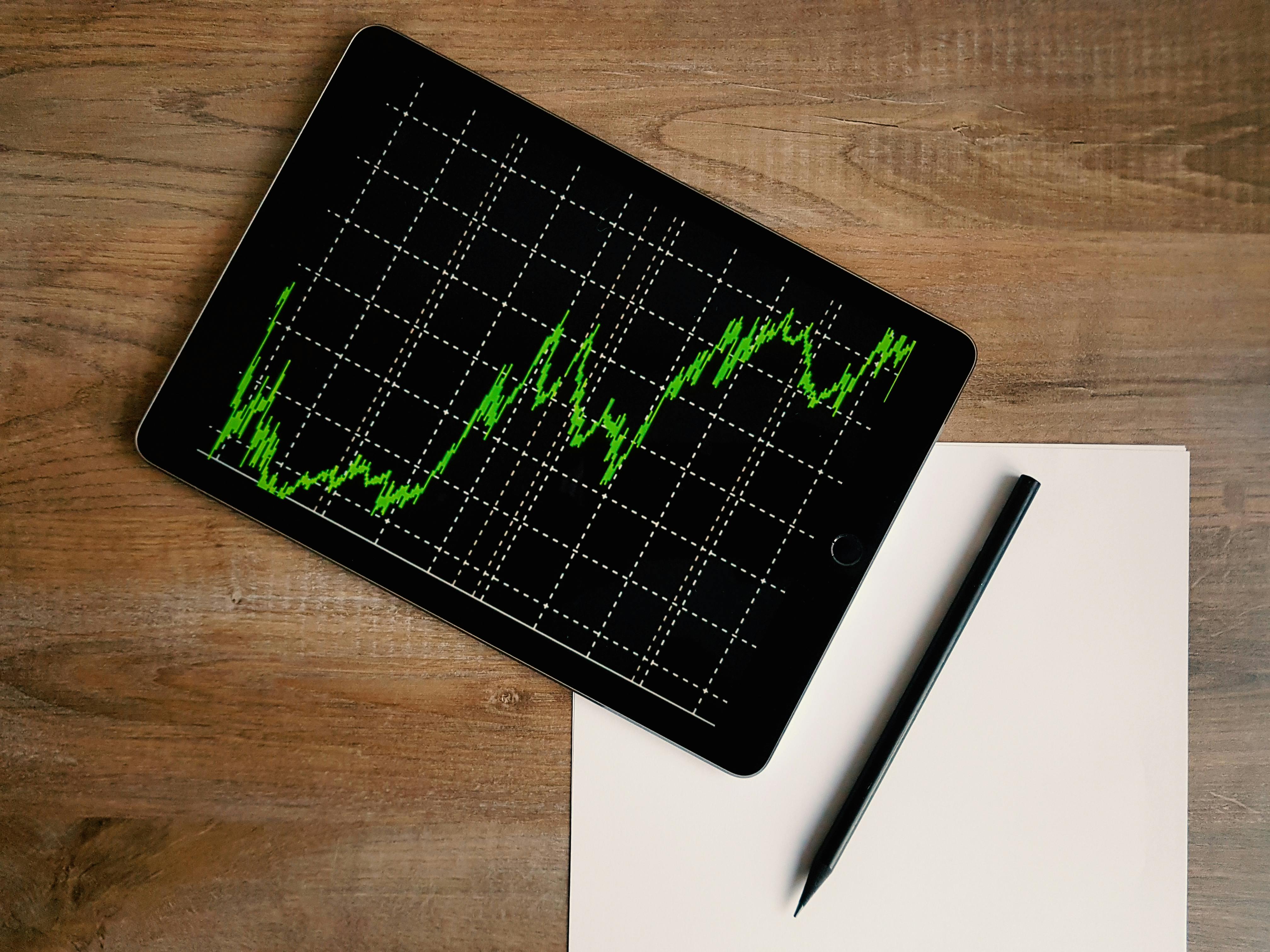Give your character a healthy foundation for his life. This article covers the basic ideas for adding a rig to your model. The underlying bone structure allows you to animate a figure in 3D.
start with drawing
As with any step in 3D, start with planning your rig in 2D. Draw the skeleton on a piece of paper and try to determine where to place the joints. Take a look at yourself or find some photos of a skeleton on the Internet. For any character, especially for cartoon figures, draw the most extreme poses that you need to do during animation. This will give you a solid understanding of joint placement. It’s important to know that poses can often look too extreme in a still frame, but they work very well in animation.
add bones
Now go to your 3D program. Use the drawings as a guide for putting bones into your character. This step requires some testing to find the correct position. For example, if you place your shoulder joint in the wrong place, you won’t be able to rest your arm against your body. If it’s too close to the neck, the arm will disappear into the body as it rotates downward. If you place it too far, there will be a gap between the arm and the body.
IK or FK?
There are two ways to animate a rig. Let’s say you want to animate your arm. In direct kinematics mode, you rotate your upper arm bone, then your lower arm bone, then your hand to achieve a certain pose. With inverse kinematics, you can grab the characters hand, move it, and the whole arm will follow.
Both IK and FK have their strengths and weaknesses, so you want to be able to switch between them. IK is a huge time saver, because you need to animate fewer controls. It also allows you to plant your hand firmly on the table while the rest of your body moves. One drawback of IK is that it is difficult to create a circular movement, such as an arm movement in a walk cycle. With FK, you just need to rotate the shoulder joint back and forth and voila, the arm moves in an arc!
After making bones and creating IK and FK controls, it’s time to assign the platform to your 3D model.
What is weight painting?
Each point of your 3D model geometry can be assigned to one or more bones. By painting the weights of a point, you can specify how far it follows different bones. In this way, you can control the sharpness of the curvature between two or more bones. For the bending or twisting movement of the back or neck, you may need to paint a very smooth gradient, so that one point follows up to three or four bones. When painting weights for an elbow, you want to have a very pronounced curve, so a point in the crease might map to ninety percent lower arm and only ten percent upper arm.
create facial expressions
This is a fun process, because you can re-model. Sketch a couple of drawings or take photos as references for your characters’ facial expressions.
In 3D, add a shape key to your characters head. Then modify the face until you are satisfied with the expression. You can now morph between the combo shapes with a slider for each target.
Additional Thoughts
I don’t care what people say about rigging, never put restrictions on animation controls! During the animation, you will do things with your character that are anatomically impossible, only for him to look anatomically correct in a certain camera angle and lighting situation.
Same with motion automation: don’t use it! People tend to put things like an automated foot spin or an automated shoulder roll into their rigs. The last example automatically raises your shoulder when you raise your arm. In the end, this type of thing is a headache for the animator, because it is nothing more than a restriction. Some might argue that automation is great, if you can turn it off sometimes. I mean, for a small production it is not worth the effort, you are faster and more precise by hand.
